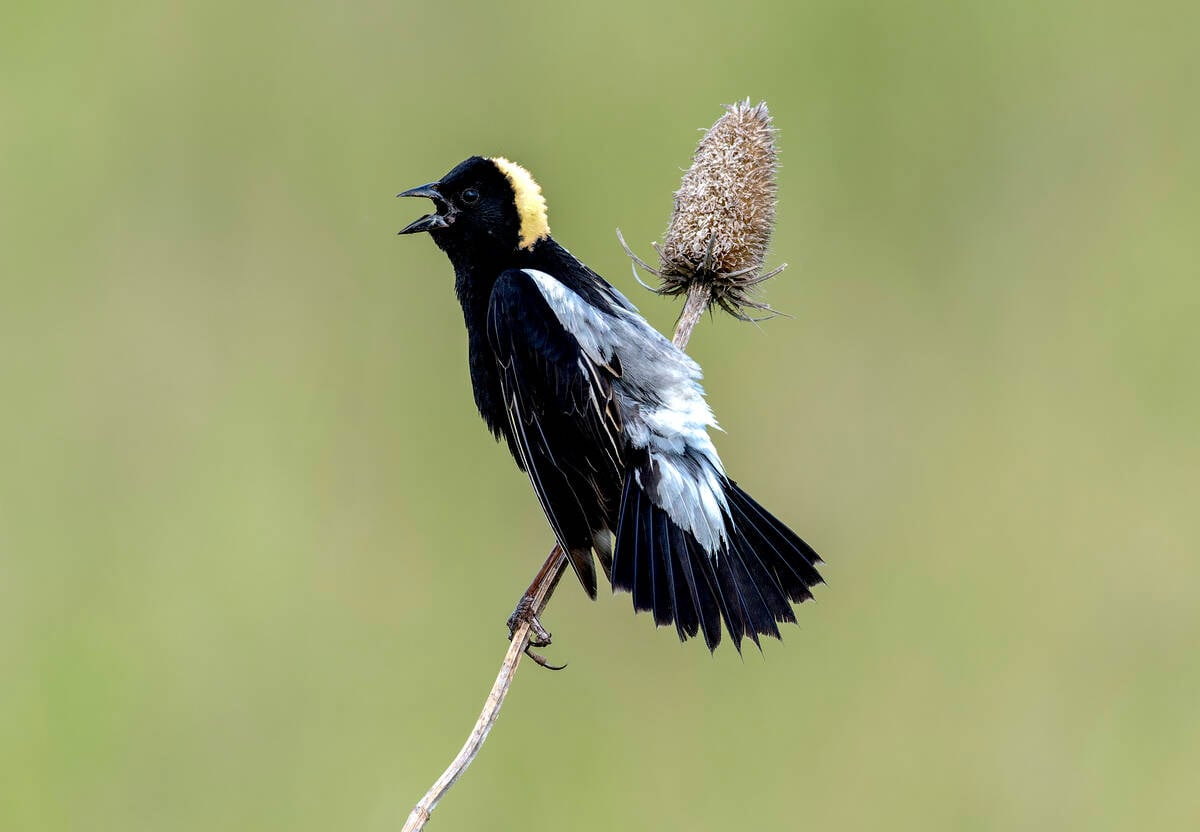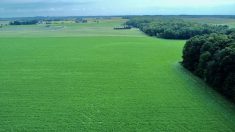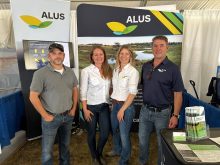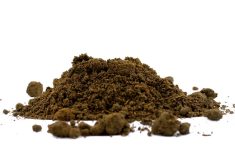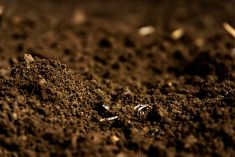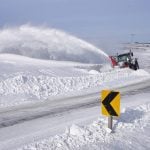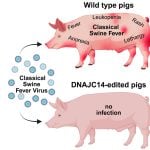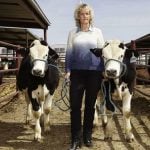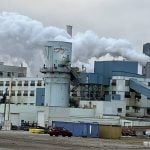Species at Risk legislation has long been a part of Miles Anderson’s life.
A rancher near Saskatchewan’s Grasslands National Park, he’s dealt first-hand with complications that come from at-risk species being identified on his land.
A protection order, directed at Anderson for the conservation of sage grouse, was a memorable event that impacted his production strategy. It was also an event Anderson found counterintuitive, given the presence of the animal on his land seemed to indicate he was doing something right.
“Before the legislation came in – that didn’t happen itself until 1996 – there was a lot of work done on getting a recovery strategy. That’s part of the deal,” said Anderson. “It’s so important the farm people understand what that means. Make sure the recovery strategy, as written, is right. A lot of the time it’s not. The research that goes into this thing is looking at the species, and not any of the other things involved in the whole system.”
Read Also
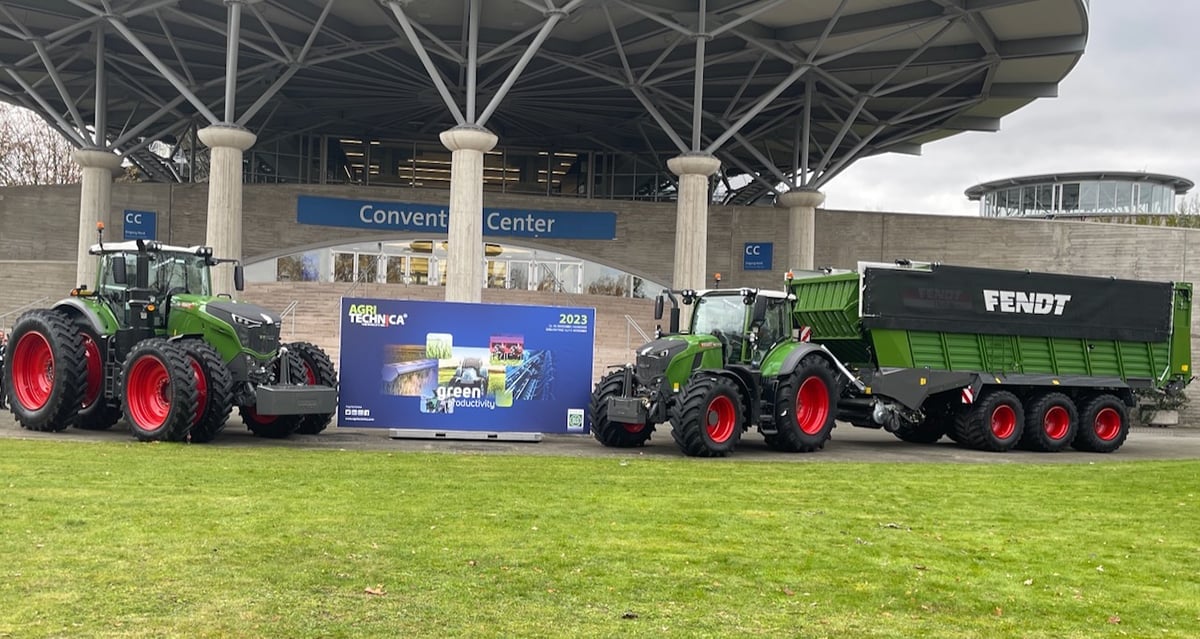
Canada to have increased presence at Agritechnica 2025
Interest in diversifying trade markets is taking more Canadian manufacturers to Agritechnica 2025, the world’s largest machinery show.
“If they’re already existing there.… Maybe that farmer’s practices are enabling that species and that’s why they are still there. That’s just common sense.”
Anderson’s experience highlights why some in both the agricultural and conservation community feel a different approach is needed in supporting at-risk species, and conservation more broadly.
Cutting landowners’ slack
For Tom Nudds, conservation biologist and professor emeritus in the University of Guelph’s department of Integrated Biology, fear of operational restrictions from Species at Risk being found on private property is a clear barrier to farmer participation in the study and management of at-risk species.
This translates to poor data sets, impoverishing our understanding of how at-risk an animal actually is. Such scientific uncertainty about Species at Risk status, and related threats, lead to delayed decisions, missed conservation opportunities, as well as high costs for governments, producers and conservationists alike. It’s possible some species designated at-risk may prove to be doing better than currently assessed, and perhaps may not need to be on the at-risk list in the first place.
Nudds, who authored a Canadian Agri-Food Policy Institute report detailing steps for better producer-conservation engagement, argues the Ontario Environmental Farm Plan provides a workable model that could be adapted for Species at Risk.
The Ontario Environmental Farm Plan, Nudds writes, was implemented “only after farmers had legal assurances that they could not self incriminate by disclosing environmental conditions on their farms.”
Speaking during a Canadian Agri-Food Policy Institute panel discussion, Nudds reiterated policymakers and the scientific community “need to cut landowners some slack.… In return for access to the land we provide some legal assurances just as Ontario did in 1995 when it brought in the very successful Environmental Farm [Plan] program. If we were to package some of the tools coming out now inside these successful envelopes, it staggers me how much data for species that we [could] have.”
Positive framing needed
Nudds is not alone in his concerns around landowner participation in managing Species at Risk. Jeremy Pittman, associate professor in the University of Waterloo’s School of Planning, says his experience working with farmers and ranchers in Saskatchewan shows current conservation legislation often inadvertently frames them as “criminals” or “bad people.”
“Theres a lot of synergies between what producers do and what these species need. There are a lot of win-wins,” Pittman said. Repositioning landowners as “more of the heros” would go a long way in informing science and reducing pressure on at-risk species.
“There’s always a bit of an added cost whether or not they see [a given species] in their operations, but they are providing benefits to public. It would be nice if they could be compensated for it. I think that’s where you’d see these ideas about conservation spreading across the landscape.”
Pittman also pointed to “safe harbour agreements” employed in the United States as another potential model for improving Canadian conservation efforts. These agreements provide landowners exemptions from restrictions or penalties if they are already “doing the right thing” by trying to steward the species in question.
“I think that kind of thing is really important. That’s not as well developed in the Canadian legal system,” said Pittman.
“In Canada we have to start pushing the limits a bit more in terms of what we mean by conservation. The status quo for conservation in Canada needs to change.”
For his part, Anderson said conservation and recovery strategies can work, if those in authority recognize farmers and ranchers are not the problem “just because you’re there.” However, he also believes there is opportunity to better incentivize those on the ground to make a difference.
“In the long run we haven’t found a way of valuing ecosystem services to make decisions based on that as opposed to just agronomic outcomes. There’s room for a lot of things. Is it completely necessary every acre has to be in corn or wheat, or whatever? Or on the other side, does it have to all be forest? How do we create that balance?” said Anderson. “Look at what’s going on at this individual’s place, and by doing that, hopefully understand how that species fits into the management on that farm. Then they could write a recovery strategy with boxes of how the species will survive based on these other places we have.”
“In a nutshell I would say make sure, if there is a species listed and they’re writing a recovery strategy, make damn sure you get involved with how its written, if you’re a farmer. Once that happens, it’s hard to change it.”


